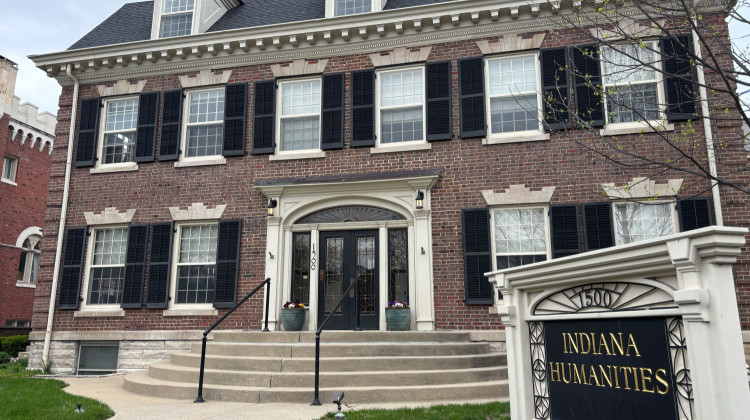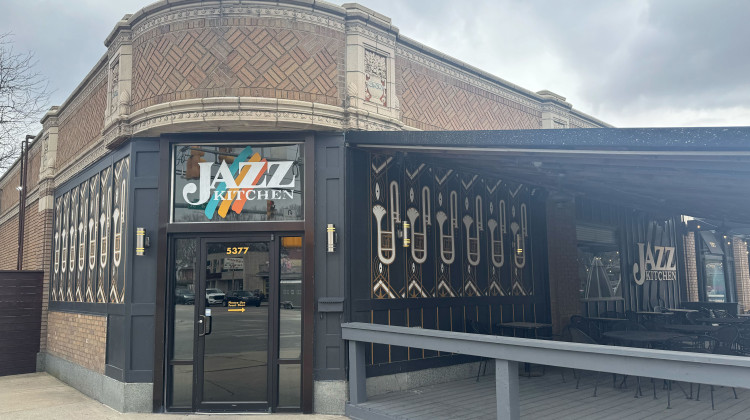by Colleen Fanning
“The custom of saluting [i.e., embracing] ladies by their relatives and friends was introduced, it is said, by the early Romans, not out of respect originally, but to find by their breath whether they had been drinking wine, this being criminal for women to do, as it sometimes led to adultery.”
- Joseph Haydn
How disappointing. Needless to say, we’ve come a long way. Aside from the fact that wine is now gleefully legal as enjoyment for both genders, wine has become a great symbol of love, romance and sensuality. Wine is unfailingly attached to any meal that signifies a romantic celebration. It is also the most oft-cited aphrodisiac. Even the act of drinking wine is thought to be a provocative, sensuous experience. Mary Lou Posch famously penned, "Wine speaks to all the senses: the eyes behold the color, tone, and shade; the nose, the bouquet, the fingers and lips caress the cool crystal; the ears delight in the subtle swishing of the liquid; the tongue rejoices in the reward of a rich harvest."
Wine and love have been historically intertwined for centuries. As ancient Greece’s mythylogical god of wine, Dionysus’s exuberant personality was characterized not simply by celebration, but also by eroticism, mischief and inescapable charm. Of course none of this is surprising; it makes sense that the head honcho of wine in a wine-centric culture would mimic the effects of wine on those who imbibe.
Wine was such an important part of the ancient Greek culture of the day that it was often used to achieve intellectual clarity or heightened spiritual awareness. Of course Pliny The Elder was attributed with the widely quoted “In Vino Veritas” (In wine, there’s truth). While we tend to think of that quote as espousing a drunken lack of inhibition or judgment bringing about moments that later require penitence, Pliny most likely intended to signify the attainment of mental or spiritual enlightenment.
Though this isn’t widely known, the Greeks showed their favorite drink significant deference. In order to show their respect for the almighty fermented grape juice—while dispelling the reputation of Greeks as being incorrigible drunks and insatiable partiers—they would dilute their wine with water and even impose consumption restrictions.
Wine has been a literary darling in almost every comprehensible respect. Hemingway was famously weak with the grape (and every other type of alcohol as well). His ode to wine is this, “Wine is one of the most civilized things in the world and one of the most natural things of the world that has been brought to the greatest perfection, and it offers a greater range for enjoyment and appreciation than, possibly, any other purely sensory thing.” Sharing Hem’s sentiment, Robert Louis Stevenson said “Wine is bottles poetry."
Why is wine so incomparably alluring? What makes wine worthy of worship by some of the most accomplished and prolific individuals throughout history? While there are the obvious sensory facets to wine (aroma, color, texture, flavor, and a variable alcohol content), I think that only the superficial aspect of wine’s true appeal. I would argue that wine’s differentiating attractiveness lies in its story. Clifton Fadiman said as much in a New York Times article in 1987: “To take wine into your mouth is to savour a droplet of the river of human history.” Wine is the closest we can get to experiencing a particular moment in time in one small piece of earth. The soil composition, wind, water, temperature, vegetation, humidity, sunlight—and the history that created all of these factors—in wine geek terms, the terroir, is all wrapped up and perfectly represented each sip.
Every sip is actually a little piece of human history. In all seriousness, could anything be more romantic?
Here are some wines with great stories that are meant to savor:
-
2011 Descendientes de J. Palacios Pétalos del Bierzo. If you love violets, blueberries and a hint of black pepper, this super complex red is for you. 95 percent Mencia and 5% Alicante Bouchet (an atypical white grape) make beautiful music together in this Spanish stunner. Be sure to let it decant and taste its evolution all through the night. ($23)
-
2012 Sineann Old Vine Zinfandel Sourced the Oregon side of the Columbia Valley, this is a wonderful anomaly for Zin lovers. Loaded with ripe, sweet fruits and a hint of bourbon barrel, this is a riot of berry and cassis flavors that is thrilling and layered. ($45)
-
N/V JCB No. 69 Cremant de Bourgogne this 100% Pinot Noir sparkling rosé is seductively playful, light and very sophisticated. Vibrant aromas of red berries and currants evolve into an aromatic wine with crisp flavors. ($27)
-
2012 Clos de l'Oratoire CNDP (Rouge) This red Rhone blend has a silky, caressing style. Its bright ruby red color, intense of pepper and surprising floral notes delight and astound into a clinging finish. ($55)
- 1012 Prisoner Wine Co. Blindfold A sumptuous and bold white blend, the flavors in this bottle range from Anjou pear to toasted marshmallow and meyer lemon zest. The finish is rich and creamy with bright, balanced acidity. 35% Chardonnay 60% Rhone Whites 5% Aromatics ($30)
Colleen Fanning is the current BOSS (Founder and Principal) of Grey Market Wine in Indianapolis. She is the former owner and Executive Director of the Brick Street Inn and Lobby Lounge wine bar in Zionsville. Fanning also curates FoodPlusFizz.com, which has gained a robust following spotlighting Indianapolis small businesses and lifestyle pieces in the food and wine space.
 DONATE
DONATE











 View More Programs
View More Programs

 Support WFYI. We can't do it without you.
Support WFYI. We can't do it without you.